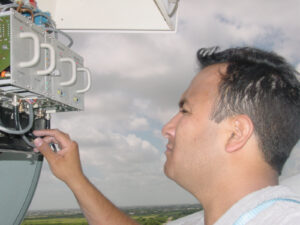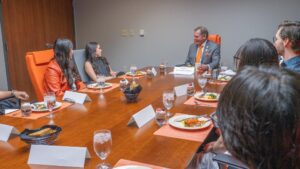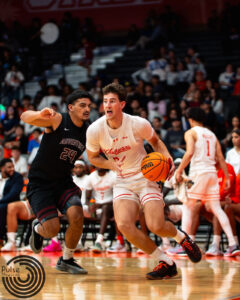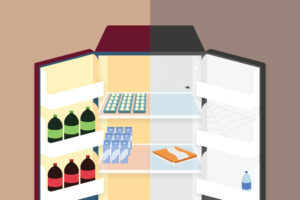Learn to Recycle
Nov. 8 was National Recycling Day and although it is a day that encourages the participation of every individual, not everyone knows how to recycle properly.
According to Forbes.com, only about 35% of Americans actually recycle. This is because most of the time, people are confused and ignorant about recyclable materials. Recycling is not as simple as putting paper in the blue bin. It is a process that starts by teaching individuals how to properly recycle.
This is why the Environmental Awareness Club (EAC) was started at the University of Texas Pan-American (now the University of Texas Rio Grande Valley) in 2014. According to their presidents, Gabriella Brown Gellert and Sofia Martinez, the club focuses on helping students and the community to be aware of different issues happening to the environment. The members also want to make aware of the various ways students can help positively impact their environment.
Gellert is a psychology sophomore and Martinez is an environmental science junior. Both say that the recycling process starts with an individual knowing the items that can be recycled locally.
“Reach out to your city, find out about the recycling centers that are local to you and find out about certain guidelines they may have,” said Brown. “I know certain items may not be recyclable. It depends on where you live. But it just starts with learning all the different things you can recycle.”
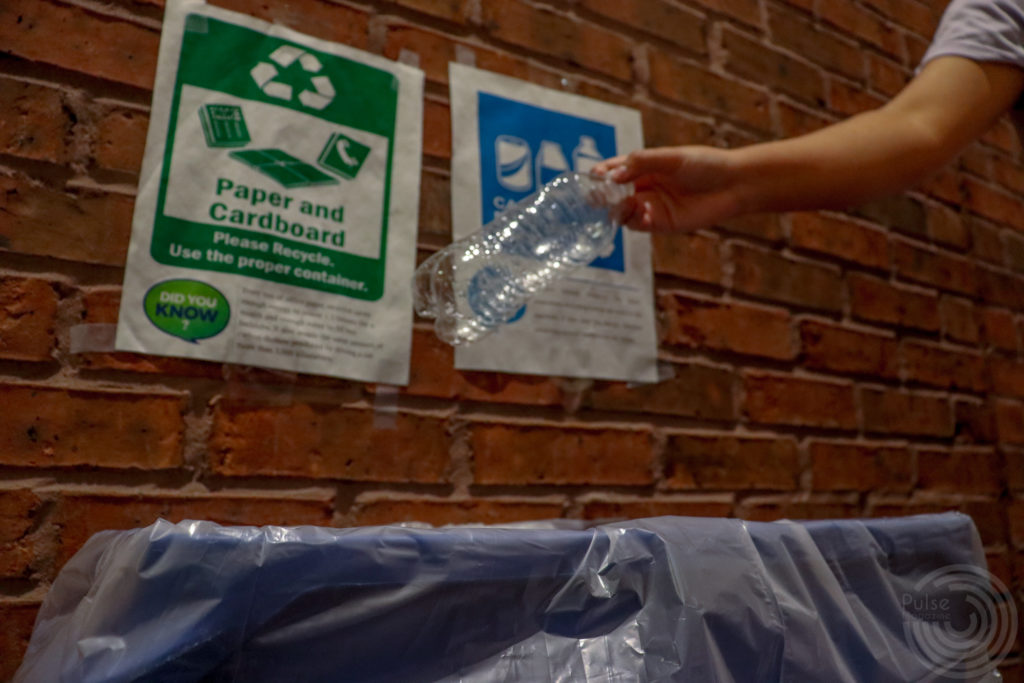
Depending on where you live, different items can be recycled. In McAllen, you can recycle plastic No. 1 and No. 2, cardboard, paper, sofas, mattresses, kiddie pools, wood, tires, among other things. In Edinburg, you can also recycle plastic No. 1 and No. 2, motor oil, lead acid batteries and newspapers. Pharr’s Recycling Center accepts metal such as aluminum cans and broken metal car parts. It also accepts newspapers, magazines, used motor oil and more.
Brown also said that someone who wants to learn how to recycle should start by getting their own recycling bin. Also, keeping in touch with local recycling centers is essential because only certain materials and types of plastics could be recyclable within a particular facility.
In addition, Martinez highlighted the importance of knowing the types of plastics that are recyclable. Each plastic container has a number that identifies the type of resin or plastic used to make it. According to Plastic Oceans, there are seven different types of plastic and plastics are numbered accordingly from No. 1 to 7. Polyethylene Terephthalate, High-Density Polyethylene, Polyvinyl Chloride, Low-Density Polyethylene, Polypropylene, Polystyrene and others are a mix of different plastics. To determine if a product is recyclable, look for a triangle made of circling arrows on the side or bottom of a plastic container. Plastic No. 1 and No. 2 are the most commonly used plastics and are recyclable. Examples of these plastics include beverage bottles, food bottles, jars, milk cartons and jugs, toys and some plastic bags. Plastic No. 3 are not recyclable and include foil, shower curtains and cooking oil bottles. Plastic No. 4 are reusable plastics that are often used to make other items, such as plastic lumber and floor tiles. Some examples of plastic No. 4 include some shopping bags, trays, shrink wraps, bread bags and packaging foam.
“I am from McAllen and in McAllen, you can recycle plastic [No.] 1 and 3 and on every plastic on every bottle, you see like a triangle with arrows and a number. That’s what you can recycle,” said Martinez. “Normally, there are different kinds of plastics. You can only recycle two, one and two, at that recycling center.”
“I noticed that people like, throw away No. 4 or No. 3. The recycling center is just gonna get that and throw it away. They can’t recycle it because it’s like a process,” Martinez added. “But I’ve noticed that they want you to recycle paper like in a jumbled package. So it’s a lot easier for them, and a lot easier for us to recycle everything by putting everything together.”
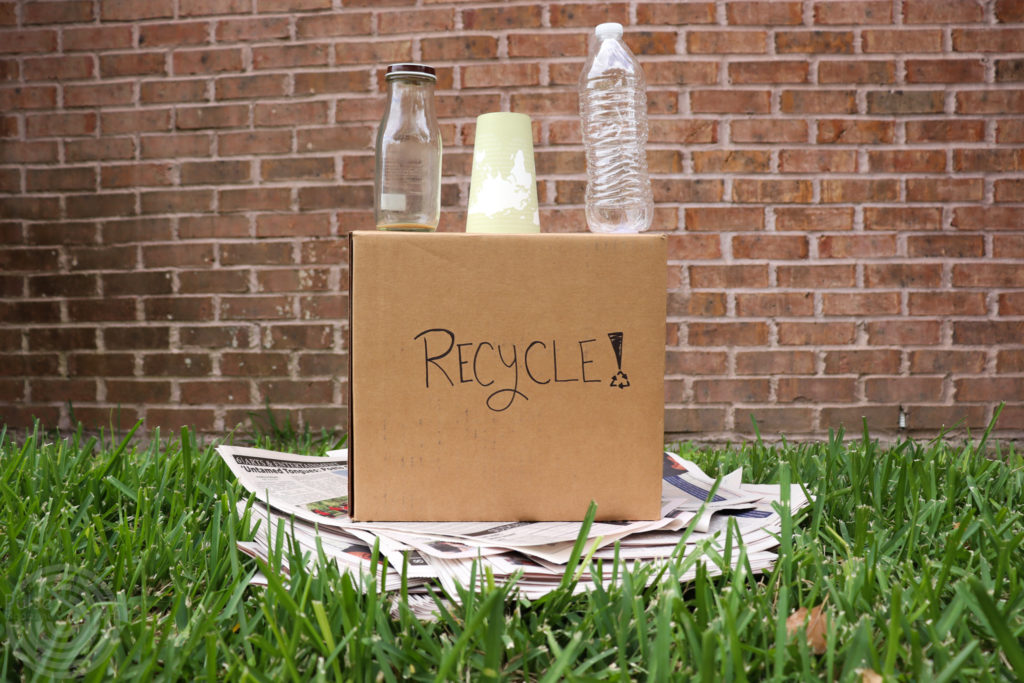
While blue is the common color for recycling bins in some Valley cities, recycling bins can also come in a variety of colors to differentiate the materials you can throw away.
According to Brown, “The difference of the colors are usually like the materials that you can put inside of the bins. Blue is usually for paper, I think green is plastic,” said Brown. “Green is usually for plastic bottles or cans. Because paper and plastic are the most commonly recycled items. So those are probably the colors of the recycling bins that you’ll see the most.”
According to sunrisesanitation.com, blue recycle bins are for paper and green is meant for plastic bottles or cans. However, yellow bins are also common for recycling either material. It all depends on the location. Even though paper and plastic are the most recycled items, you may also find purple bins, which are meant for electronics phones or toner cartridges. For other special materials such as paperboard or aluminum, look for orange bins.
“When you start to see all the devastating pictures of the landfills and how much trash is actually being accumulated, it’s just exponentially getting worse,” said Brown. “Being able to recycle, it’s a small impact you can have, but any impact is a great one.”
If you are interested in joining The Environmental Awareness Club or would like more information, visit EAC’s Instagram account @eac_rgv.


